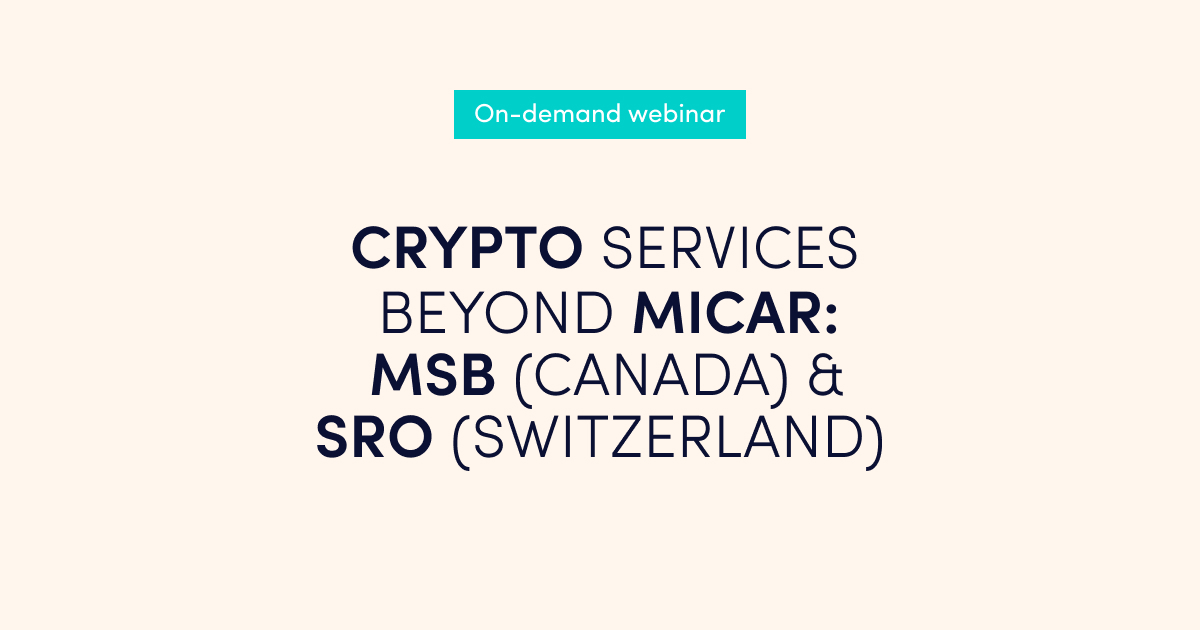If you plan to purchase or develop a mobile banking or fintech app for your fintech or digital bank, get yourself acquainted with the key capabilities and functionalities and read this article first.
Mobile fintech and banking apps – statistics
Because of the pandemic, consumption of mobile fintech, banking and payment apps has increased considerably (Mobile Finance Report, 2020). We can see that consumers more often follow social distancing rules and carry out their transactions via apps and other online platforms. Overall, the number of payment app sessions increased by 49% worldwide. Japan (75%), Germany (45%), Turkey (39%), the US (33%), and the UK (29%) experienced the most spectacular growth.
Consumers spend more and more time on apps. Both on banking and fintech apps the traffic or sessions increased by 26%. The countries that definitely stand out when it comes to financial service apps are Japan (142%), Germany (40%), Turkey (31%), and the US (27%). On average, consumers allocated 8.35 minutes per session (8.9% increase) on apps compared to 7.7 minutes in 2019. The latest forecasts expect that the global fintech market value will reach $309.98 billion at a CAGR of 24.8% in 2022 (Fintech Market Report, 2020).
What is a mobile fintech or banking app?
Fintech or banking mobile apps are an end-user solution to manage funds, view accounts, and make payments for products and services, for example, a white-label mobile banking and fintech app Macrobank. The objective of a fintech or mobile banking app is to enhance and automate financial services through an easy-to-use interface.
The massive boom of smartphones has made Mobile Network Operators (MNOs) the most critical driver of fintech growth. With all these apps, fintech companies are changing the way how financial services are provided. Product innovations, performance improvements, and customer experience are the pulse of every fintech business.
There are different types of fintech apps. Most focus on financial wellbeing (e.g., account, cash management) and actual finances like digital payments, banking, loans, investments, and many more. In this article, we will cover digital payments and digital banking functionalities.
What are the Core Features of mobile banking or fintech app?
Must-have features from the User Side Panel
It is essential to understand that the application does not work stand-alone from other systems but must be connected to the core banking system and a complete back office like Macrobank. They cannot be directly linked to a payment service provider or payment method, so they must be built and designed with a specific core banking system in mind and providing all the processing and management.
Easy and interactive UI
The user interface has always been an essential part of the business processes perspective to capturing applications. Therefore, the user interface must be simple and interactive for the end-user.
Initial user registration
This functionality is necessary for a user to sign up for the application. For registration, a phone number or email address can be used. Once the account is created, the app will confirm the account require additional verification steps for onboarding.
Seamless onboarding
The second step is a registration and user verification. As a result of increasing consumer demands, nearly two-thirds of European consumers abandoned digital banking applications in 2020. However, most banks will continue to invest in a digital onboarding process and decreasing fraud risks because these are essential factors for seamless onboarding (68% of European consumers expect a 100% digital onboarding experience in 2021 (Signicat, 2020).
Mobile fintech or banking apps save time and effort, allowing users to sign up and verify their identity directly from their smartphones. However, to provide such a fast and secure onboarding, the app must be connected to KYC/AML service providers, such as Veriff, Sumsub, and iSpiral.
Money top-up
The user can top up their wallet from the bank incorporated. As soon as the user tops up, it will be reflected in the application.
Money transfers
The user can also transfer money to another account. This action will require additional information about a collector, e.g., app user, bank account, wallet.
Currency exchange
The user can exchange currency for a single transfer or just keep money in another currency.
Accounts and transaction view
The functionality allows users to check the balance, account and payment history.
Reports
The reporting tools are integrated to create reports on transactions, accounts, and other relevant aspects to personal finances.
Chat
Chat allows the user to get in touch with customer service or the digital support team for any help or assistance.
Two-factor authentication
This functionality will allow users to generate one-time passwords and codes to log into the application and sign payments.
Must-have features from Admin Side Panel
Customers and applications management With this functionality, fintech companies register and onboard customers, follow up on the document status and process the application. Additionally, it allows the company to change the contact information, manage the client accounting system, etc.
Customer groups, tariffs, and rules
Admins can create their customer groups based on specific parameters and individual tariffs. Then, the company can set up rates, limits, and restrictions separately for each customer group or individual.
Customised profiles and interface
Admins can create standard or unique user profiles, change payment forms or create new designs for tables outlining tariffs and currency rates. In addition, a customised design for tables and documents is available, e.g., add, delete or change fields. This functionality allows the company to develop a unique Business Processes Management (BPM) workflow design and settings.
Process and payment management
The functionality ensures that there is a control system over incoming, outgoing and internal payments. KYC/AML triggers and notifications, KYC/AML rules and reports can be developed, set and adjusted.
Creation of technical, business and accounting reports and statements
Admins can create reports on users, transactions, accounts charts and financial accounting in compliance with the International Financial Reporting Standards or country-specific requirements.
Technologies supporting mobile banking and fintech apps
1 – Technology stack
There are three types of applications, and each application is developed using a specific technology stack.
Native apps
iOS-based fintech or Android-based fintech apps are solely developed for one platform, focusing on all unique features. Objective C, SWIFT, Apple XCode, and iOS SDK are technology stacks to build iOS-based fintech apps, whereas Java, Kotlin, Android Studio, and Android SDK are technology stacks to create Android-based apps.
Cross-platform apps
Cross-platform apps support several mobile platforms and are developed using Native, C#, and Flutter.
Hybrid apps
These apps support both web applications for web browsers and native applications for installation on specific devices, either Android or iOS. To develop hybrid apps, fintech companies will use technology stacks like HTML 5 or PhoneGap.
2 – Security compliance with industry standards
Technology in the fintech and banking ecosystem is very complex, and for any fintech or financial service provider first need to evaluate whether the solution complies with industry regulations. Fintech & Banking ecosystem is quite complex thus you have to initially consider technologies that enable you to comply with regulatory measures such as the Second Payment Service Directive PSD2, Strong Customer Authentication (SCA) and many more.
In the fintech world, security is the major concern. If security issues arise, app users will quit financial service app without blinking an eye. Therefore, companies must follow specific standards to secure applications.
Compliance with PSD2
Mobile banking and fintech apps must comply with the Second Payment Service Directive (PSD2) requirements that include strong customer authentication. For users to authenticate or approve/sign payments, several solutions are available, e.g., one-time password, digipass, secure tokens, and OTP/MAC Generator. Additionally, Open API must ensure a secure exchange of transaction data with external service providers.
Secure data processing
Apps and their back-offices must detect and prevent fraud in real-time, and sensitive data must be stored and processed in compliance with General Data Protection Regulation (GDPR).
Role-based authorisation
Roles and access rights must be managed using a role-based authorisation system.
3 – Integrations and APIs
Mobile fintech and banking apps use Application Programming Interfaces (APIs) to communicate with other service providers, databases, and back-office. APIs act as building blocks to develop a financial service app with different integrations, including card issuers, currency exchange providers, IBANs, etc.
About Advapay
Advapay is a technology company providing the Digital Core Banking platform to empower fintech clients or digital banks to start their businesses and accelerate digital transformation. The platform delivers all essential functionalities, a front-to-back system and a set of tools to customise and bring new integrations. With Advapay, potential and existing customers can connect either to the cloud-based SaaS or on-premise software. Besides the technical infrastructure, the company provides business advisory and fintech licensing services. Interested to learn more, please drop us a message








